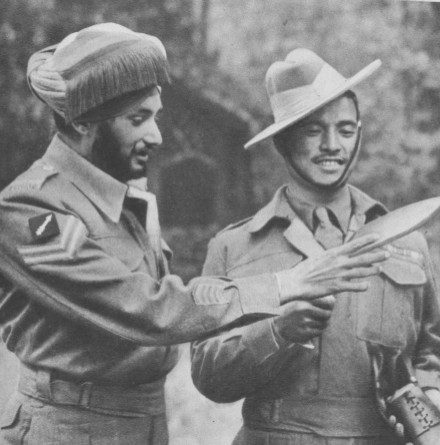“Better to die than be a coward” is the motto of the Nepalese Gurkha soldiers who are an integral part of the British Army for more than 200 years.
Gurkha soldiers are considered by many to be the fiercest and most skilled warriors in the world. “Bravest of the brave, most generous of the generous, never had a country more faithful friends than you”. This is what Sir Ralph Turner MC who served with Gurkha soldiers wrote about them.
The British were so impressed with the fighting spirit of this Nepalese hill-soldiers when they tried to conquer Nepal in 1814 that they began recruiting them into the army.
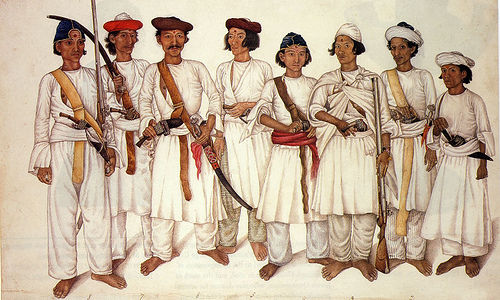
The Gurkhas fought for Great Britain in many wars, including World War I, World War II, and the Falklands War. In the two world wars, more than 200,000 Gurkhas fought for Britain.
There are many incredible stories that show how brave the Gurkha soldiers are. One of those stories is about a Gurkha soldier named Bhanbhagta Gurung who was awarded a Victoria Cross for his exceptional courage in World War II.
Not much is known about Bhanbhagta’s early life except for that he was born in the small Nepalese village of Phalpu in September of 1921.
Bhanbhagta Gurung joined the 3rd Battalion of the 2nd Gurkhas in 1940 and first saw action against the Japanese in 1942 under the command of Brigadier Orde Wingate.
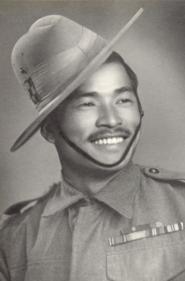
It was March 4, 1945 when Gurung’s unit was ordered to take a fortified hill but they were spotted and initially pinned down by machine guns, mortars, grenades and a sniper.
They were stuck in this vulnerable position and because of that the enemy sniper took advantage and managed to kill several soldiers. Unable to get the sniper in his sights if he was lying down, Gurung leaped to action, standing up “fully exposed” to enemy fire and managed to take out the sniper.
Bhanbhagta then signaled to his men to follow him, but the section was held up again by fierce enemy fire from foxholes and trenches on the ridge.
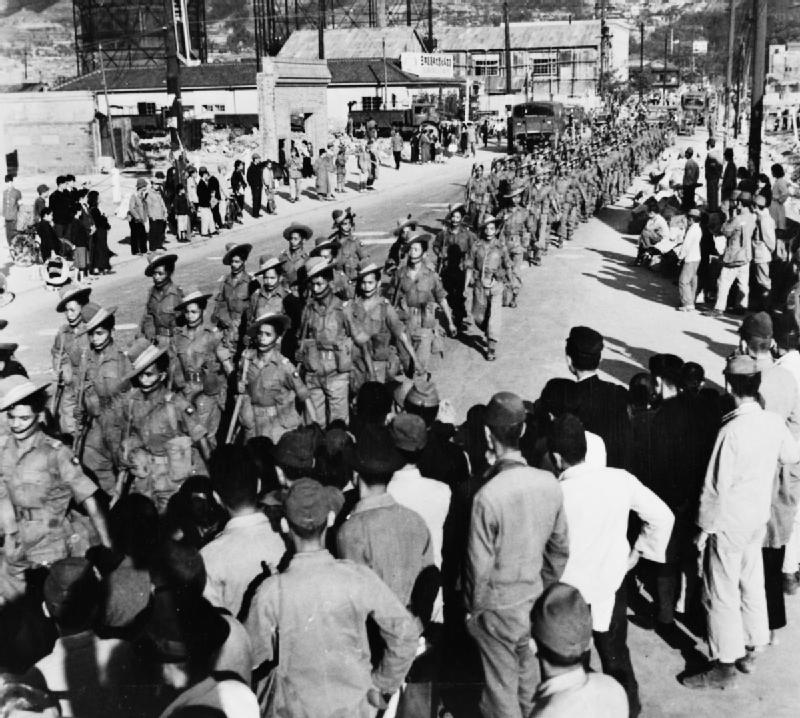
Without waiting for orders Gurung once again sprang into action and attacked the first enemy foxhole with two grenades killing the two occupants.
He then ran at the next foxhole, killing the armed soldiers inside with his bayonet. Showing great courage he attacked two more enemy foxholes clearing them with grenades and finishing off the enemy with his bayonet.
His mission was not yet finished and he was constantly under fire of a machine-gun situated on the tip of the objective.
He made the top of the bunker and hurled two smoke grenades into the bunker slit. When two of the Japanese ran out Bhanbhagta killed them with his kukri (the famed curved blade of the Gurkhas).
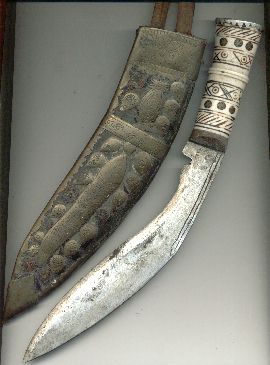
There was one more Japanese soldier inside the bunker and Bhanbhagta killed him with a rock. Now thanks to him most of the objectives were taken and Bhanbhagta and his men were able to hold the position from the counterattack by the enemy soldiers.
Bhanbhagta’s outstanding bravery and a complete disregard for his own safety earned him the Victoria Cross, awarded by King George VI at Buckingham Palace in October.
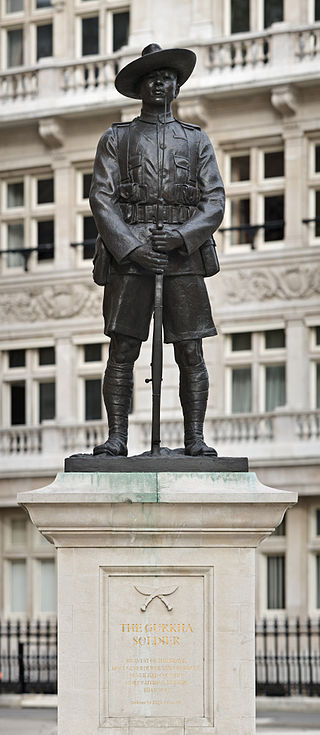
When World War II ended his company commander tried to persuade him to continue serving but he decided to go back to Nepal to care for his wife and family.
Bhanbhagta Gurung died in Nepal on 1 March 2008, at the age of 86.
